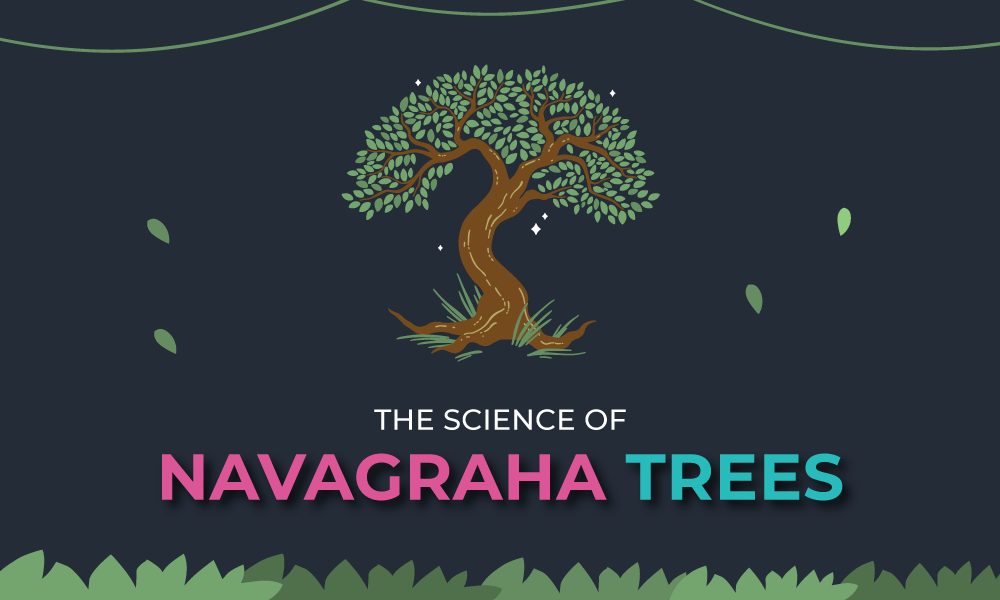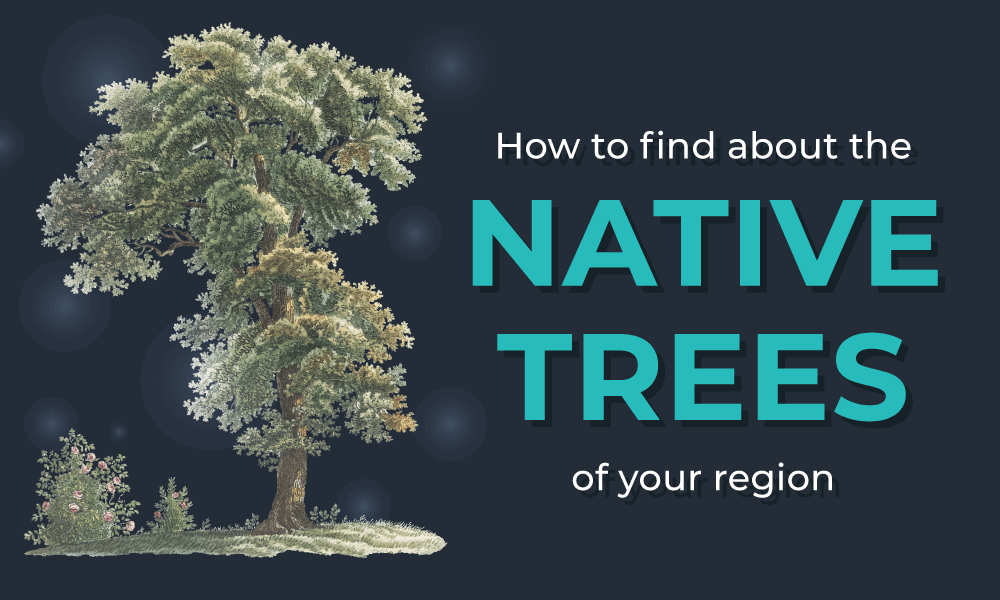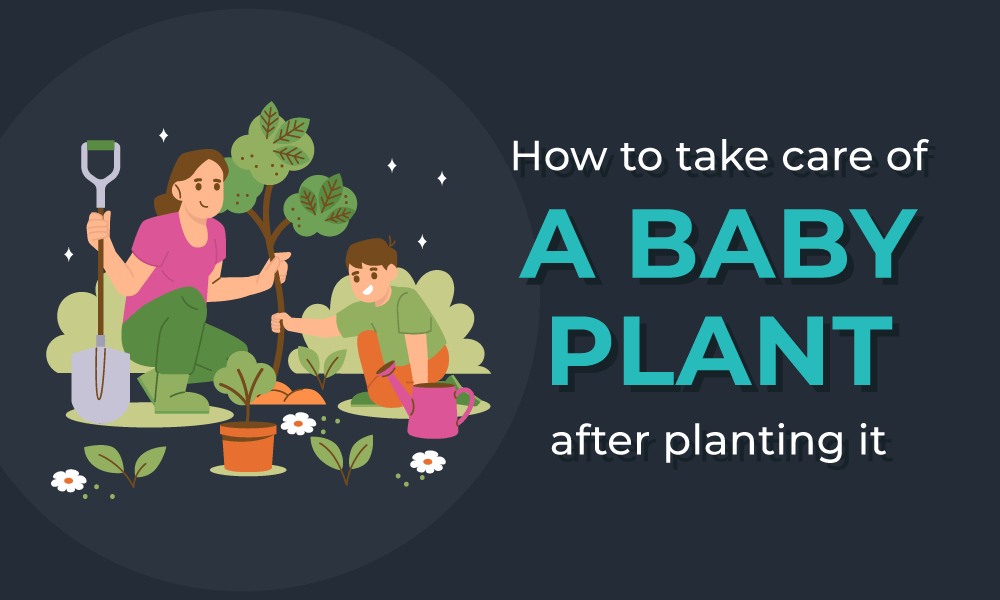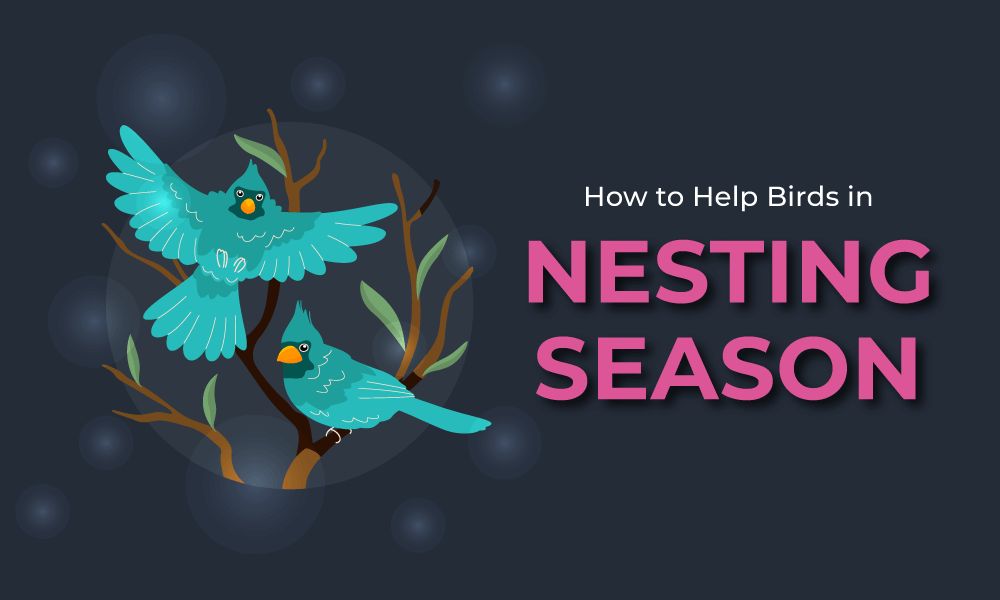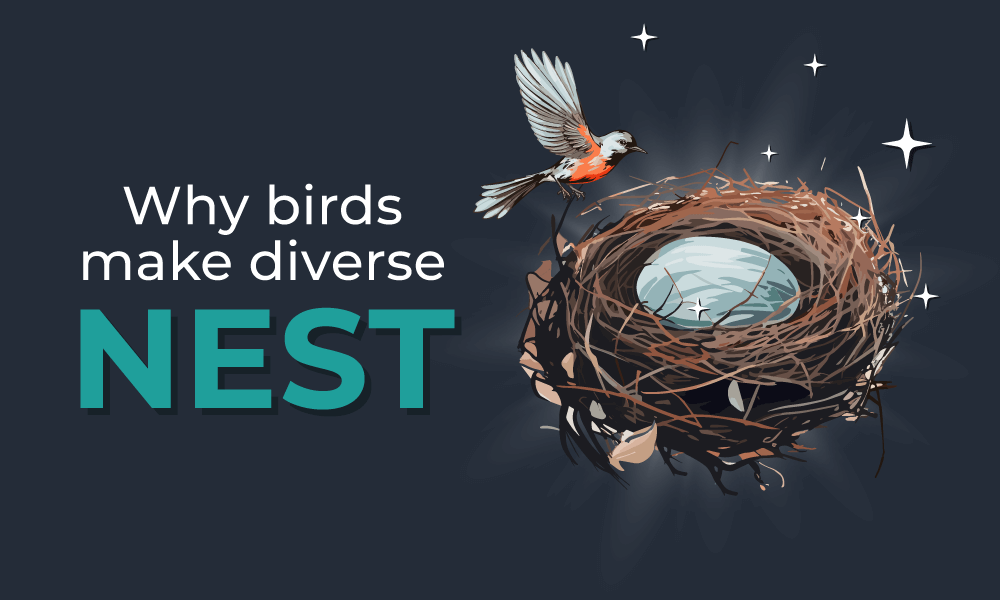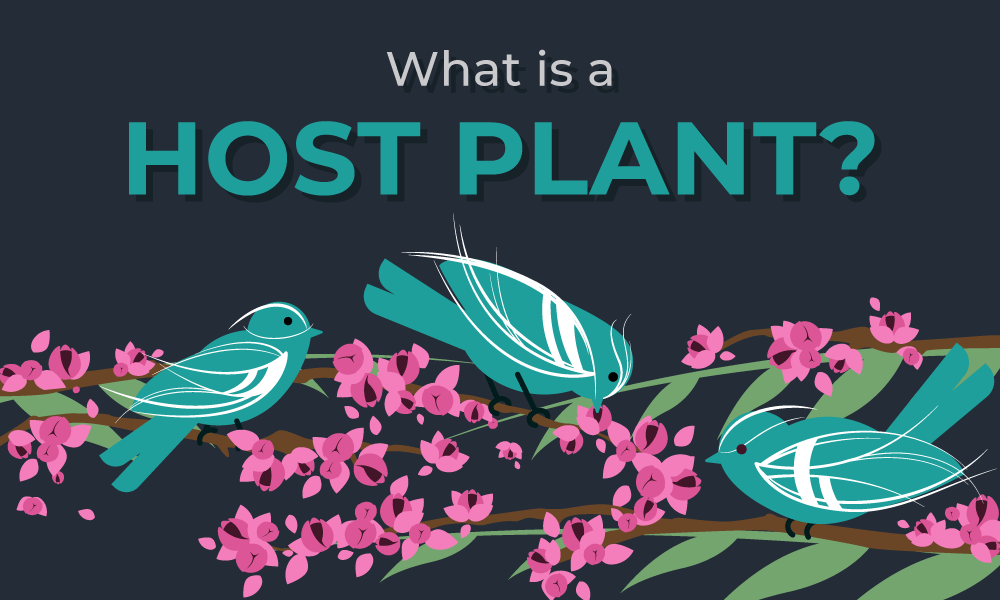Butterflies are the prettiest insects in the world and they come in all the colors in the rainbow. But do you know that the beautiful butterfly we see used to be an ugly-looking worm-like caterpillar? Now you must be wondering how a worm-looking insect turns into a magical-looking flying beauty.
In today’s blog, we are going to learn about the life cycle of a butterfly.

Scientific name: Lepidoptera (winged insects like butterflies and moths)
Domain: Eukaryota
Kingdom: Animalia
Phylum: Arthropoda
Class: Insecta
Order: Lepidoptera
Family: More than 120 families, including butterflies and moths.
Species: India is home to a diverse range of butterfly species, with over 1,500 known species and around 20,000 butterfly species in the world.
The Egg: A New Beginning
The life of a butterfly begins as a tiny, often unnoticed, egg. Female butterflies carefully select the perfect host plant to lay their eggs, ensuring that the upcoming baby caterpillars will have a perfect food source.






These eggs can vary in shape, size, and colour depending on the species of the butterfly, but they are usually round or oval and often have patterns on their surfaces. Some butterflies lay their eggs singly, others lay them in clusters. Butterflies can lay eggs in spring, summer, or fall, depending on the species.
A butterfly usually lays 200-500 eggs in her lifetime, which vary in shape and size depending on the species. The number of eggs laid at one time can also depend on factors such as environmental conditions, availability of host plants, and the butterfly’s overall health.
Most species hatch in four to five days, while others may take as long as three weeks again it depends on the species. The egg stage lasts from a few days to several weeks, depending on environmental factors like temperature and humidity.
Generally, only 2 out of 100 butterfly eggs will survive to adulthood. Spiders, wasps, and parasitic flies are their primary predators, and some eggs will also be eaten by birds and reptiles.
The Larva: The Hungry Caterpillar
Once the egg hatches, a tiny larva, commonly known as a caterpillar, emerges. This stage is characterized by rapid growth and uncontrollable hunger. The caterpillar’s primary goal is to eat as much as possible, consuming leaves and other plant material to store energy for its upcoming transformation.






As the caterpillar grows it splits its skin and sheds it about 4 or 5 times to fit its increasing size. Caterpillars can grow 100 times their size during this stage. This period of growth can last anywhere from a few weeks to a month, depending on the species. A caterpillar may be smooth, hairy, or spiny, be a solid colour, or have stripes or a colourful pattern on its body.
The Pupa: The Magical Metamorphosis
After reaching its full size, the caterpillar enters the pupa stage, also known as the chrysalis stage. Depending on the species, the pupa may hang under a branch, hidden in leaves or buried underground.






The pupa may appear still from the outside, but inside, it is a hive of activity as the caterpillar is reshaped into an adult butterfly.
Inside the pupa, the caterpillar’s body undergoes a remarkable transformation. Cells reorganize, and the structures necessary for the butterfly to fly, such as wings, antennae, and legs, develop. This process can take several days to a few weeks while species have a pupal stage that lasts for two years.
The pupa of most species is brown or green, which provides excellent camouflage.
The Adult Butterfly: A New Life Emerges
Finally, the fully formed butterfly emerges from the pupa, an event known as eclosion. At first, the butterfly’s wings are soft and crumpled, but within hours, they expand and harden, becoming strong enough to carry the butterfly on its first flight.






The adult stage is when butterflies take on their role as pollinators, feeding on nectar from flowers and, in turn, helping plants reproduce. This stage can last from a few weeks to several months, depending on the species and environmental conditions.
During this time, butterflies also seek mates to ensure the continuation of the species, beginning the life cycle again.
Adult Butterfly Life Span
- Short-Lived Species: Some butterflies, such as the cabbage white, may only live for 2 to 3 weeks as adults.
- Longer-Lived Species: Other species, like the monarch butterfly, can live much longer, especially if they migrate. Monarchs that migrate to warmer climates can live for up to 8 to 9 months.
- Tropical Butterflies: Some tropical butterflies can live for several months, depending on the availability of food and favourable conditions.
Butterfly life cycle is more than just a biological process; it is a symbol of change, hope, and the beauty of nature’s designs. Each stage of this cycle plays a crucial role in the survival of the species and the broader ecosystem.
From the tiny egg to the majestic butterfly, this process reminds us of the delicate balance in nature and the incredible transformations that can occur with time, patience, and the right conditions.
Whether you spot a butterfly fluttering through a garden or witness the hatching of a caterpillar, remember that you’re observing one of nature’s most extraordinary journeys—a journey of resilience, adaptation, and the wonder of life itself.



























